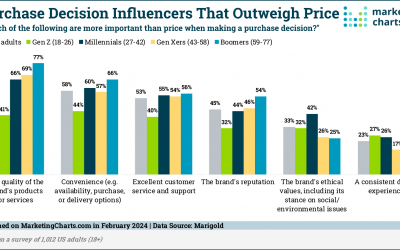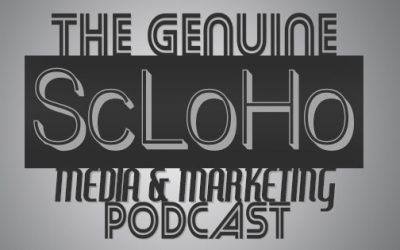The last few weeks I've been sharing my Sound ADvice newsletter content on my website and podcast and I've got another one to share. This time I'm also going to include content that wasn't in the Sound ADvice newsletter too. And if you want to receive my free...
The Not-So-Secret Writings of ScLoHo
Compounding Your Brand
This month I'm featuring articles that were sent to subscribers of my weekly newsletter, Sound ADvice. If you'd like a free email copy send me an email to Scott@WOWO.com. Albert Einstein said, “Compound interest is the eighth wonder of the world. He who understands...
Once in a Lifetime Eclipse
It's been a few weeks but on April 8th millions of us in the United States were in the path of a solar eclipse. Here in Indiana, the main event was shortly after 3pm as the moon blocked the light from the sun for a few minutes. Where I live, Ft. Wayne, Indiana, we...
Lessons from the NCAA Basketball Finals
It's been a few weeks and hopefully the sting of your broken bracket has faded enough to apply some lessons from college basketball to our businesses. Living in Indiana, I was rooting for the Purdue Boilermakers to win it all. In my family we even have a Purdue grad,...
No Quick Fix
One of the concerns that I sometimes hear when talking to a business owner about investing in an advertising campaign is how long it will take to get results. Or a variation is the opposite... Can we handle all the business we get if we start advertising with your...
Older and Wiser
Facts are facts, right? Yes and no. When you look at numbers or other facts, it's often not enough to just look at the raw data. We can learn so much more by digging deeper and being curious. Curiosity is a term that came up in a recent conversation with a friend...
Stop the Ad-Speak
The dictionary definition of cliché is, “a hackneyed or over-used expression which has literally become meaningless over time.” Why would anyone invest their hard-earned advertising dollars in an expression that has literally become “meaningless?” In fact, clichés can...
Narrow Minded Marketing
The goal of your advertising should be to increase both your sales and your brand identity. But all too often we overly focus on analytics or demographics when creating our media plans. Narrowly targeting often means you are missing the much larger population of...
Reintroducing ScLoHo
Last week, when I was recording the podcast version of my weekly update I mentioned briefly what a ScLoHo is. Today, that is the focus of both this article and podcast episode. If this is the very first time you've listened to the Scott Howard Genuine ScLoHo Media and...









